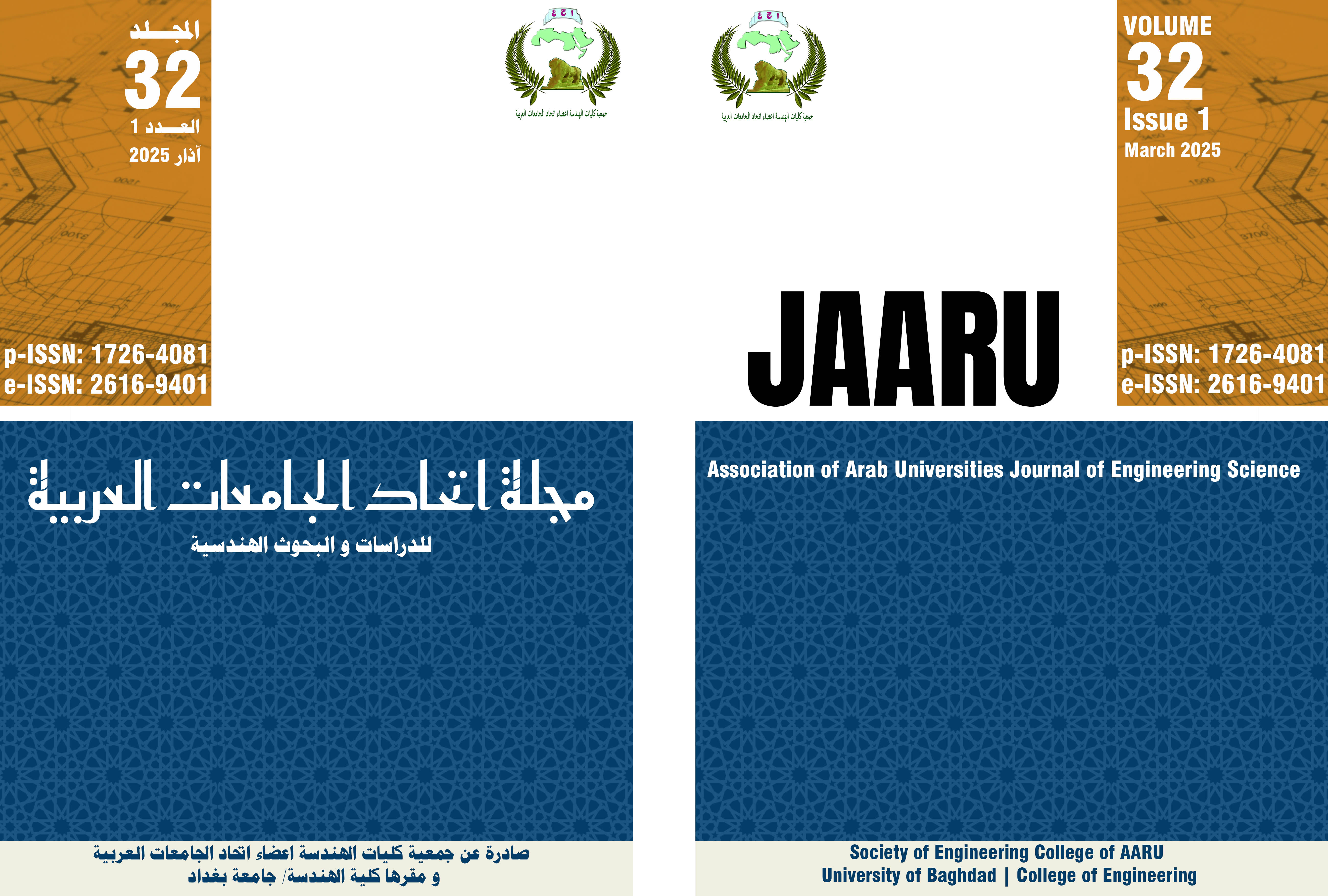Review on Conjugate Heat Transfer in Enclosures
Abstract
Conjugate convection (fluid) and conduction (solids) heat transfer in enclosures has received broad interest because of its wide importance in many mechanical applications, such as melting and solidification in thermal storage system, the fusion reactors, heat protection of thermal transport systems, solar collectors, the geothermal energy extractions, etc. Other situations including the conjugate heat transfer are heat sinks. The conduction heat transfer is observed in the heat sink while the natural convection is presented in the fluid medium. The subject of conjugate convection and conduction heat transfer in enclosures were studied by many authors. This paper presents a literature review of this problem for various geometrical enclosures, heat transfer modes, working fluids, enhancement techniques of heat transfer, and thermal boundary conditions. Very important conclusions were submitted in these literatures. Some of these conclusions are general for all literatures which addressed this topic. Generally, it was concluded that the streamlines, isotherms and heat transfer rate depended on both the thermal conductivity of the conductive wall, the thermal conductivity of fluid, and the thickness of the conjugate wall. For enclosure contain fixed or rotation inner cylinder, improvement of heat transfer coefficient is greatly affected by radius ratio between enclosure and cylinder, position of cylinder, and the rotational value and direction.


